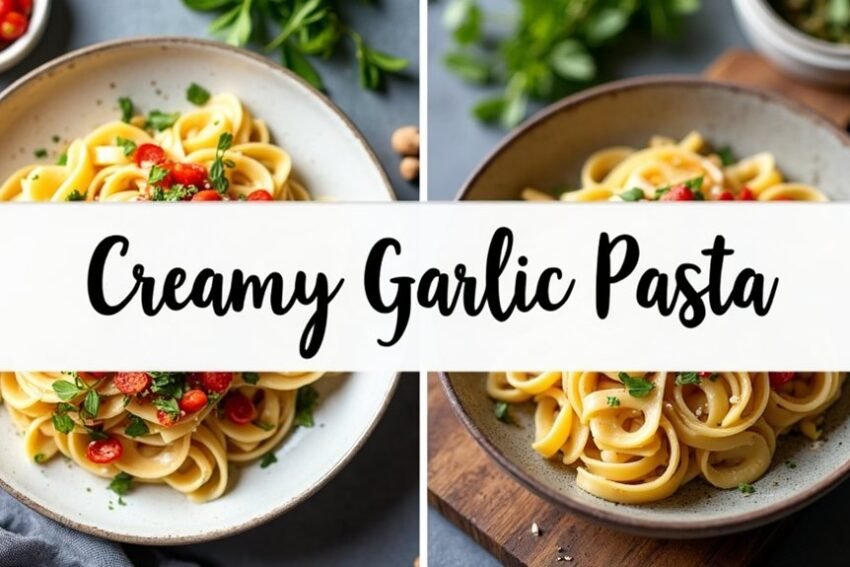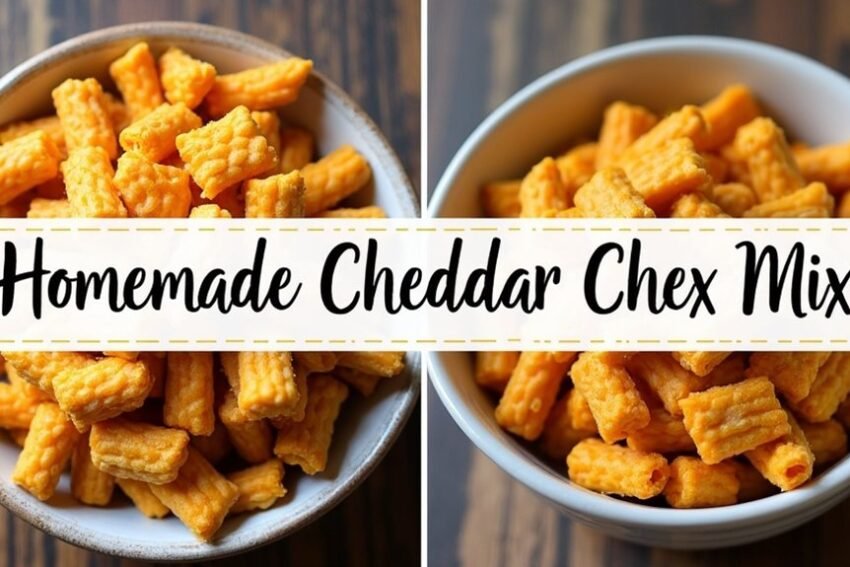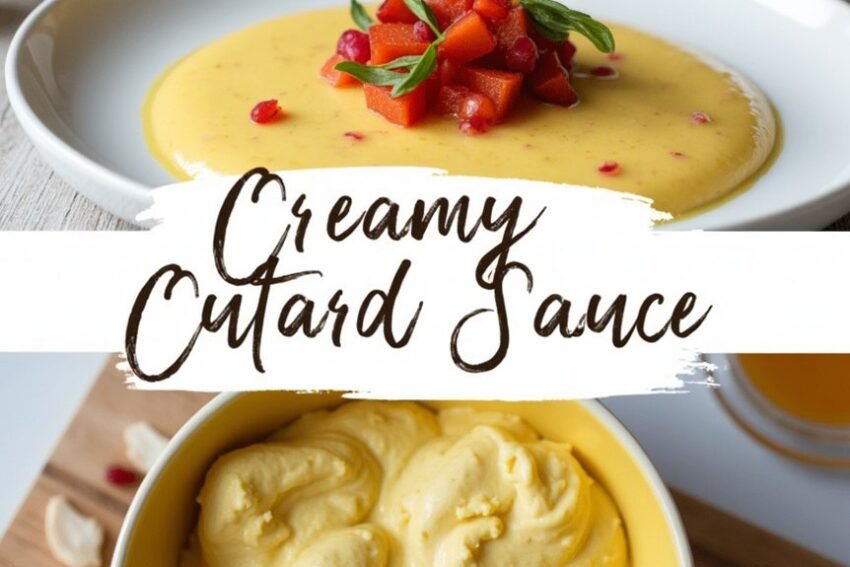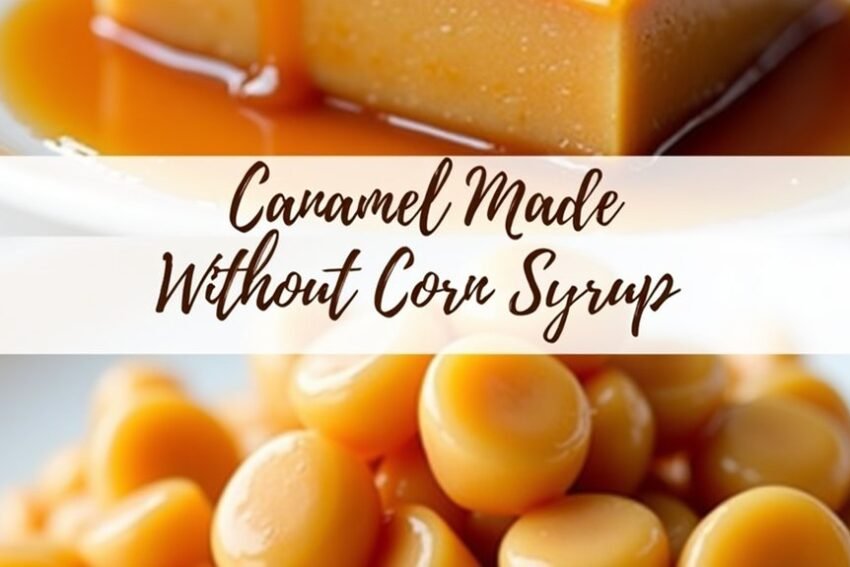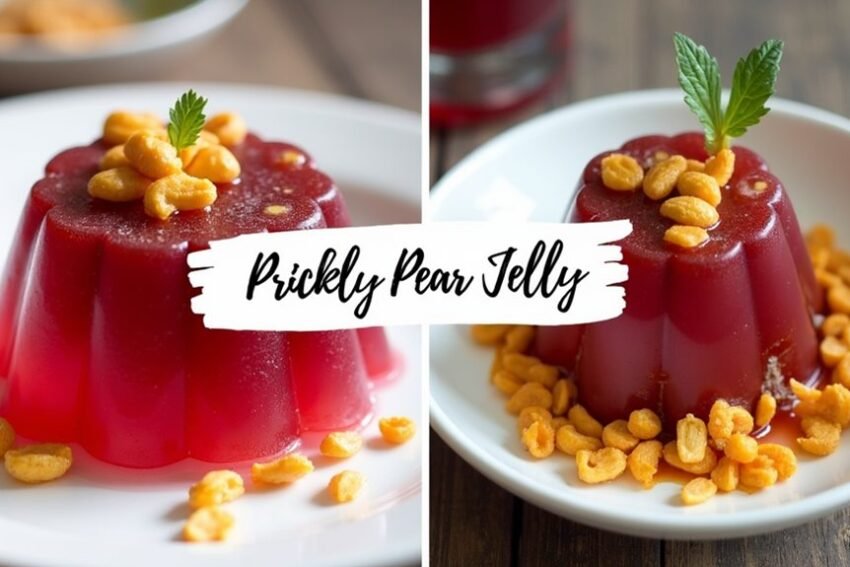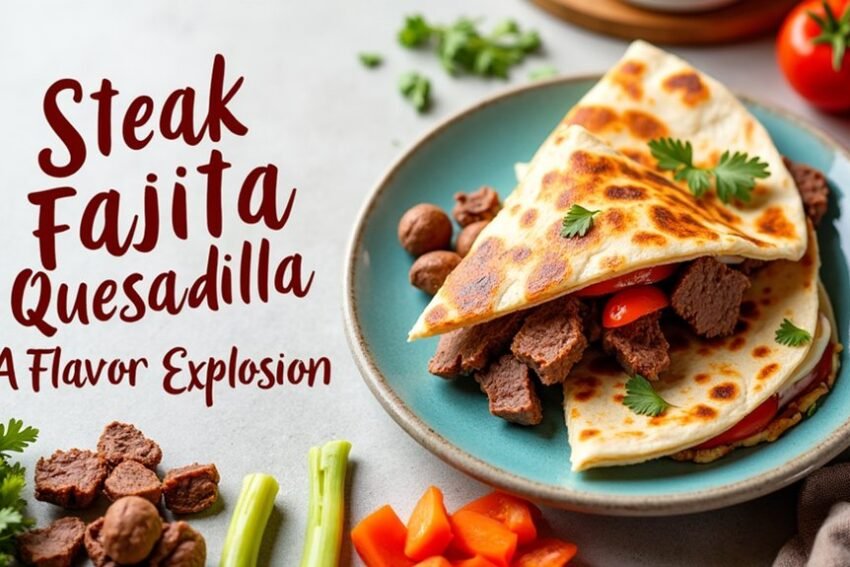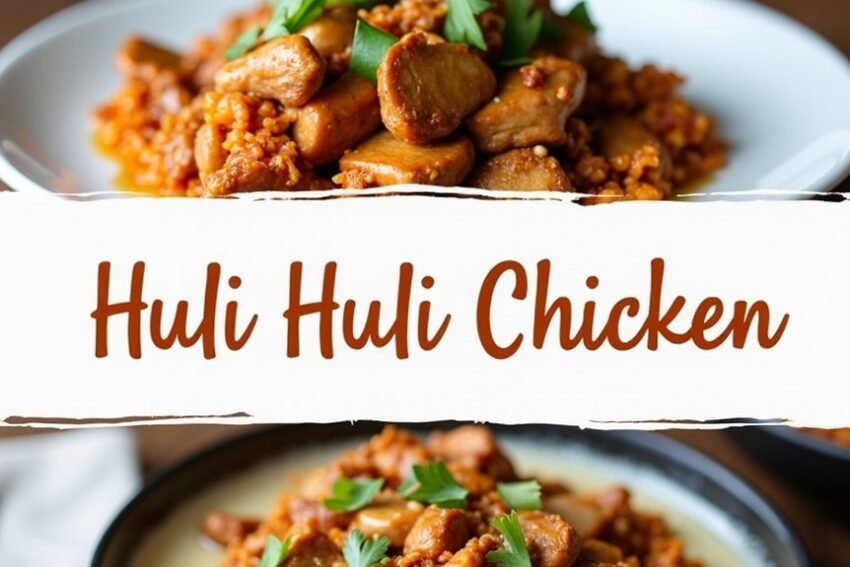Dinner Recipe Videos – Watch and Cook
Dinner Recipe Videos – Watch and Cook
You’ve probably noticed how dinner recipe videos have transformed the way you approach cooking at home. These engaging, step-by-step guides not only make the process simpler but also spark creativity in your meal preparation, regardless of your skill level. As you watch and cook simultaneously, there’s an opportunity to investigate diverse recipes that cater to your tastes and dietary needs. However, it raises an interesting question: how do these videos impact your culinary choices and skills long-term? Let’s examine the nuances behind this growing trend.
Key Takeaways
- Dinner recipe videos provide step-by-step instructions, making cooking accessible and boosting confidence for all skill levels.
- Most videos feature quick and easy recipes, perfect for busy weeknights and delivering delicious meals in under 30 minutes.
- Clear visuals and detailed cooking times ensure successful preparation, reducing the likelihood of errors in the kitchen.
- Many videos offer dietary adaptations, showcasing options for vegan, gluten-free, and other specific dietary needs.
- Engaging family-friendly recipes foster shared cooking experiences, enhancing connections and creating a sense of belonging during mealtime.
History
The history of American cuisine reveals a rich tapestry woven from diverse cultural influences and traditional practices. It showcases how various ingredients and cooking methods have evolved over time.
In the early 19th century, American recipes highlighted comforting dishes that still resonate today. Here’s a glimpse at what those recipes included:
- 1824:
- Fried chicken
- Roast apples
- Asparagus with white gravy
- A dish known as “mush”
These meals emphasize comfort foods, illustrating the deep connection between cooking and cultural identity. Lists of historical recipes often provide a clearer understanding of specific (ingredients and cooking methods).
Cooking techniques during this period reflect an evolution, particularly in dishes like fire-roasted sausages and boiled peas.
Historical cookbooks from the 18th and 19th centuries provide insight into American culinary practices:
- Detailed cooking instructions
- Ingredients available during those periods
- Popular dishes of the time that remain relevant today
The preservation of these historical recipes allows you to connect with America’s rich culinary heritage.
Through cooking, you welcome a cultural exchange that’s significant, ensuring that the stories behind these recipes continue for future generations.
Holding onto these traditions reinforces the cultural significance of American food.
Recipe
Creamy Garlic Pasta
Indulge in a delightful bowl of creamy garlic pasta that combines rich flavors with a quick cooking time, making it perfect for a casual dinner or to impress guests. This dish is both comforting and satisfying, featuring al dente pasta coated in a velvety garlic-infused sauce made with cream and Parmesan cheese.
It’s versatile, allowing you to add vegetables or protein, and serves as a fantastic canvas for experimenting with different seasonings. Cooking this pasta dish isn’t only simple but also requires minimal ingredients, making it a go-to recipe for on-the-fly pasta nights. Plant-based meals support heart health and weight management, allowing you to swap in alternatives for a healthier twist.
You’ll be able to whip it up in under 30 minutes, providing the perfect balance between convenience and gourmet quality. Whether you prefer it vegan by swapping cream for a plant-based alternative or enjoy it with grilled chicken or shrimp, this creamy garlic pasta can be adapted to suit a variety of tastes and dietary needs.
Ingredients:
- 8 oz (225 g) fettuccine or spaghetti
- 4 cloves of garlic, minced
- 2 tablespoons olive oil
- 1 cup heavy cream (or a plant-based alternative)
- 1 cup grated Parmesan cheese (or nutritional yeast for a vegan option)
- Salt and pepper to taste
- Fresh parsley, chopped (for garnish)
Cooking Instructions:
Begin by boiling a large pot of salted water and cook the pasta according to package instructions until al dente.
Meanwhile, in a large skillet over medium heat, add the olive oil, then sauté the minced garlic for about 1-2 minutes until fragrant but not browned. Pour in the heavy cream, stirring to combine, and bring the mixture to a gentle simmer.
Gradually whisk in the Parmesan cheese until melted and smooth. Once the pasta is cooked, drain it and add it to the skillet, tossing it in the sauce until evenly coated.
Season with salt and pepper, and serve hot, garnished with fresh parsley.
Extra Tips:
To enhance the dish further, consider adding sautéed vegetables like spinach, mushrooms, or cherry tomatoes for added nutrition and flavor.
If you want more protein, grilled chicken, shrimp, or chickpeas can be excellent additions. For those who prefer a bit of spice, a pinch of red pepper flakes can give the dish a delightful kick.
Always taste and adjust seasoning as you go, ensuring the perfect balance of flavors!
Final Thoughts
Cooking at home through engaging dinner recipe videos can transform your culinary experience. These videos not only heighten your engagement with clear visuals but also make learning to cook enjoyable and less intimidating. Studies show that visual instructions considerably improve understanding and retention, minimizing errors along the way.
Here are some key benefits you’ll find:
-
Improved Understanding: Step-by-step visuals make recipes easier to follow.
-
Creativity Boost: Watching demonstrates techniques and inspires imaginative cooking.
-
Healthier Choices: Home-cooked meals allow for nutritional control, impacting your overall well-being positively. Additionally, video content can simplify complex cooking techniques, making it easier for you to tackle new recipes with confidence.
Moreover, cooking at home fosters emotional connections. Preparing meals alongside family can create lasting memories and traditions that strengthen bonds. Such shared experiences can also reduce stress and improve mood, offering a sense of belonging and unity.
Incorporating dinner recipe videos into your routine not only supports your culinary journey but can lead to healthier eating habits and deeper family ties. The combination of education and engagement makes these videos invaluable tools for enriching your cooking skills and lifestyle.
Seize this opportunity to create delicious meals while nurturing both your health and your family’s connections.
FAQ
As you investigate dinner recipe videos, you might’ve some questions about what to expect and how to make the most of them. Here are some frequently asked questions that can guide you.
Common Questions:
-
What types of recipes are popular? Most videos feature quick and easy recipes suited for busy weeknights.
-
Can I substitute ingredients? Yes, substitutions are often possible, but they may affect flavor or texture.
-
How long do these recipes take? Preparation and cooking times vary, but they’re generally short.
-
Are recipes tailored for dietary preferences? Most videos offer versatile options, some catering to specific dietary needs.
Tips for Reading Recipes Effectively:
-
Understand the sequence of steps and follow them in order.
-
Check the ingredient list before starting to cook.
-
Use precise measurements to guarantee success.
-
Cross-reference different parts of the recipe for clarity.
Video Content Highlights:
-
Step-by-step cooking instructions are common.
-
Cooking times and temperatures are clearly specified.
-
Many videos offer links to written recipes or helpful guides. Additionally, some videos focus on family-friendly casseroles that provide easy meal solutions for everyone.
These insights should help you navigate dinner recipe videos more effectively.

